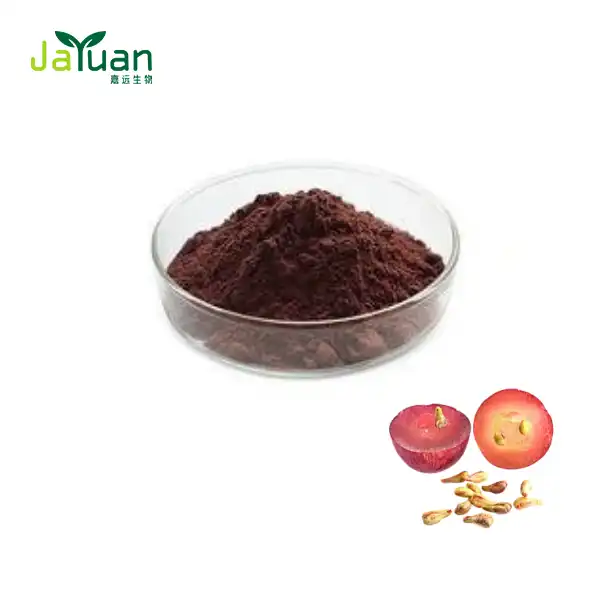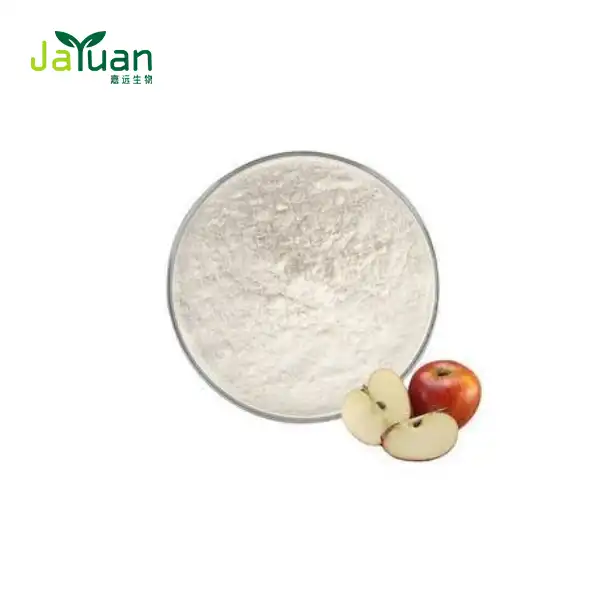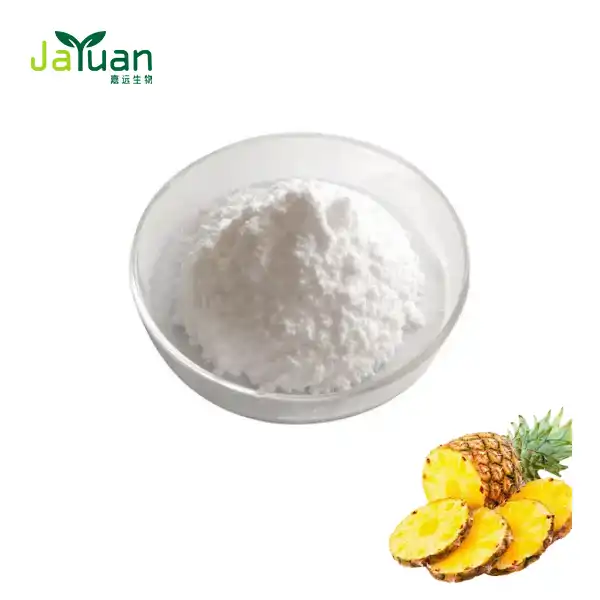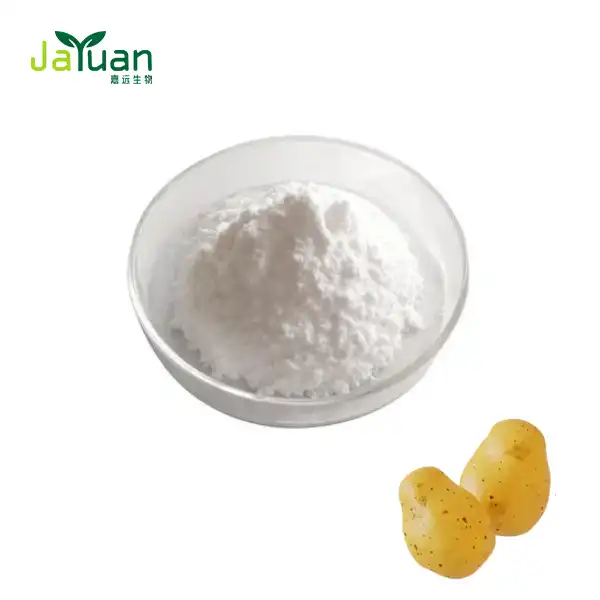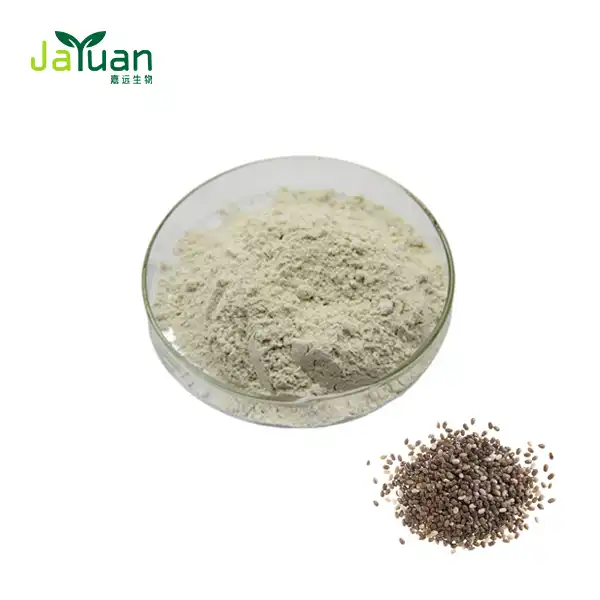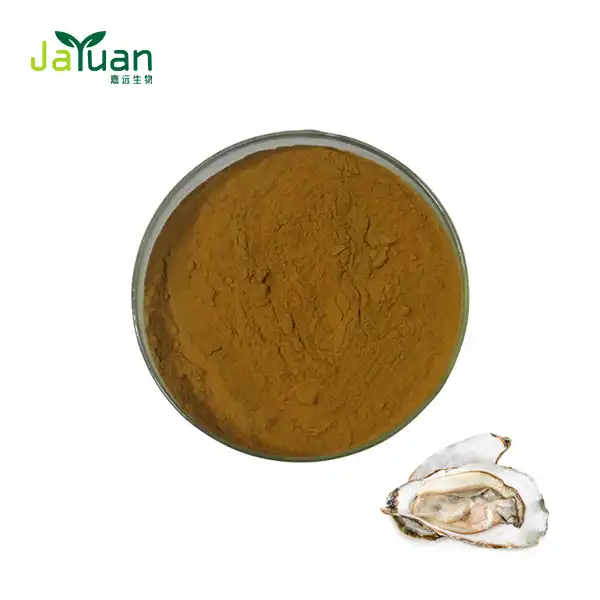Tetrahydrocurcumin Powder: What are the Key Bioactive Properties?
Tetrahydrocurcumin, an effective compound inferred from curcumin, has been picking up consideration in the well-being and wellness industry for its surprising bioactive properties. As a metabolite of curcumin, tetrahydrocurcumin offers one of a kind benefits that make it an interesting subject for analysts and wellbeing devotees alike. In this article, we'll explore the key bioactive properties of tetrahydrocurcumin powder, shedding light on its potential applications and advantages over its well-known precursor, curcumin.

Antioxidant Power: How Strong is Tetrahydrocurcumin's Activity?
One of the most outstanding bioactive properties of tetrahydrocurcumin is its powerful antioxidant action. Cancer prevention agents play a vital part in protecting our cells from oxidative push, which is related to different well-being issues and maturing preparation. Tetrahydrocurcumin has illustrated noteworthy antioxidant capabilities, frequently outperforming those of curcumin itself.
Research has appeared that tetrahydrocurcumin shows predominant free radical rummaging capacities compared to curcumin. This upgraded antioxidant control is ascribed to its chemical structure, which permits it to neutralize destructive free radicals more viably. The nonattendance of conjugated twofold bonds in tetrahydrocurcumin's central chain contributes to its steadiness and avoids the era of responsive oxygen species (ROS), not at all like curcumin.
The antioxidant properties of tetrahydrocurcumin powder amplify past unimportant free radical rummaging. Ponders have shown that they can too bolster the body's normal antioxidant defense frameworks by advancing the generation of chemicals such as superoxide dismutase, catalase, and glutathione peroxidase. These proteins work synergistically to protect cells from oxidative harm and keep up with general cellular health.
Moreover, tetrahydrocurcumin's antioxidant action has been watched to be concentration-dependent, with a few investigations recommending that it may be indeed more successful at lower concentrations compared to curcumin. This property makes tetrahydrocurcumin an alluring alternative for different applications, including skincare and dietary supplements, where exact dosing is pivotal.
Does Tetrahydrocurcumin Offer Better Stability Than Curcumin?
Soundness is a basic figure when considering the adequacy and viable applications of bioactive compounds. In this respect, tetrahydrocurcumin illustrates noteworthy points of interest over curcumin, making it a more flexible and solid choice for different uses.
One of the essential challenges related to curcumin is its destitute soundness, especially in watery arrangements and at physiological pH levels. This insecurity can lead to fast corruption, restricting its adequacy in numerous details and lessening its bioavailability in the body. Tetrahydrocurcumin, on the other hand, shows prevalent steadiness over a run of conditions.
Studies have shown that tetrahydrocurcumin Powder bulk remains steady in 0.1 M phosphate buffers at different pH values, counting physiological pH. This solidness expands to watery arrangements at pH 8.0, where tetrahydrocurcumin appears no perceptible decay for up to 2 hours. In differentiate, curcumin corrupts quickly beneath comparative conditions.
The improved soundness of tetrahydrocurcumin is especially apparent in its longer half-life compared to curcumin. Investigate has illustrated that tetrahydrocurcumin's terminal half-life in cell culture medium and plasma is essentially longer than that of curcumin. Particularly, tetrahydrocurcumin has a half-life of 813 minutes in cell culture medium and 232 minutes in plasma, compared to 186 minutes and 111 minutes for curcumin, individually.
This made strides in the soundness interpretation of a few common focal points. For occurrence, tetrahydrocurcumin can be more effortlessly joined into different details, counting makeup and dietary supplements, without concerns of almost quick debasement. It moreover implies that tetrahydrocurcumin may stay dynamic in the body for longer periods, possibly driving to more supported bioactive effects.
Furthermore, the steadiness of tetrahydrocurcumin contributes to its colorless nature, not at all like the dynamic yellow of curcumin. This property makes tetrahydrocurcumin a great choice for applications where color lack of bias is craved, such as in certain corrective items or nourishment-added substances.

Absorption and Bioavailability: Why It Matters
When it comes to the adequacy of bioactive compounds, assimilation and bioavailability play urgent parts. These components decide how much of a substance can be utilized by the body, specifically affecting its potential well-being benefits. Tetrahydrocurcumin stands out in this angle, advertising critical focal points over its forerunner, curcumin.
One of the major restrictions of curcumin is its destitute assimilation and moo bioavailability when taken orally. This issue has been a noteworthy jump in tackling curcumin's full potential for well-being applications. Tetrahydrocurcumin, in any case, illustrates prevalent retention and bioavailability characteristics, making it a more promising alternative for different health-promoting formulations.
The upgraded bioavailability of tetrahydrocurcumin powder can be credited to a few components. Its chemical structure permits for way better dissolvability in fluid situations, which is pivotal for assimilation in the gastrointestinal tract. Also, tetrahydrocurcumin is more steady in the acidic environment of the stomach, empowering a bigger extent of the compound to reach the digestion tracts intaglio.
Studies have appeared that tetrahydrocurcumin is more promptly ingested by intestinal cells compared to curcumin. This made strides assimilation is likely due to tetrahydrocurcumin's capacity to pass through cell layers more effortlessly. Once retained, tetrahydrocurcumin too illustrates superior dissemination all through the body, coming to different tissues and organs where it can apply its bioactive effects.
The prevalent bioavailability of tetrahydrocurcumin deciphers to possibly more noteworthy adequacy at lower dosages. This is especially imperative for applications in dietary supplements and useful nourishments, where accomplishing restorative impacts with negligible admissions is alluring. It moreover implies that tetrahydrocurcumin may be more cost-effective in the long run, as littler sums can deliver comparable or indeed prevalent results to bigger dosages of curcumin.
Moreover, the moved forward retention and bioavailability of tetrahydrocurcumin contribute to its longer-lasting impacts on the body. Whereas curcumin is quickly metabolized and disposed of, tetrahydrocurcumin remains dynamic for expanded periods, possibly giving more maintained benefits.
It's worth noticing that the bioavailability of tetrahydrocurcumin can be encouraged and upgraded through different detailing procedures. For occasion, combining tetrahydrocurcumin with certain lipids or utilizing progressed conveyance frameworks can move forward its assimilation indeed encourage, maximizing its potential health-promoting impacts.
Conclusion
Tetrahydrocurcumin powder offers a range of impressive bioactive properties that make it a valuable compound for various health and wellness applications. Its potent antioxidant activity, superior stability, and enhanced bioavailability set it apart from curcumin and other related compounds. These characteristics make tetrahydrocurcumin an energizing choice for analysts, formulators, and buyers alike, opening up modern conceivable outcomes in the areas of nutraceuticals, beauty care products, and useful foods.
As the investigation proceeds to reveal the full potential of tetrahydrocurcumin, we can anticipate seeing an expanding number of items saddling its special properties. From anti-aging skincare formulations to advanced dietary supplements, tetrahydrocurcumin is poised to play a significant role in the future of health and wellness innovation.
If you're interested in exploring the potential of tetrahydrocurcumin powder for your products or research, we invite you to reach out to our team at Xi'an Jiayuan Bio-Tech. Our experts are ready to provide you with high-quality tetrahydrocurcumin powder and support your innovative projects. Contact us at sales@jayuanbio.com, sales1@jayuanbio.com to learn more about how we can help you harness the power of tetrahydrocurcumin in your applications.
References
1. Aggarwal, B. B., & Harikumar, K. B. (2009). Potential restorative impacts of curcumin, the anti-inflammatory specialist, against neurodegenerative, cardiovascular, pneumonic, metabolic, immune system, and neoplastic illnesses. The Worldwide Diary of Natural chemistry & Cell Science, 41(1), 40-59.
2. Shen, L., & Ji, H. F. (2012). The pharmacology of curcumin: is it the debasement items? Patterns in Atomic Pharmaceutical, 18(3), 138-144.
3. Ireson, C., Orr, S., Jones, D. J., Verschoyle, R., Lim, C. K., Luo, J. L., ... & Gescher, A. J. (2001). Characterization of metabolites of the chemopreventive specialist curcumin in human and rodent hepatocytes and in the rodent in vivo, and assessment of their capacity to restrain phorbol ester-induced prostaglandin E2 generation. Cancer Inquire about, 61(3), 1058-1064.
4. Prasad, S., Tyagi, A. K., & Aggarwal, B. B. (2014). Later improvements in conveyance, bioavailability, retention, and digestion system of curcumin: the brilliant shade from brilliant flavor. Cancer Investigate and Treatment, 46(1), 2-18.
5. Murugan, P., & Pari, L. (2006). Antioxidant impact of tetrahydrocurcumin in streptozotocin-nicotinamide actuated diabetic rats. Life Sciences, 79(18), 1720-1728.
6. Okada, K., Wangpoengtrakul, C., Tanaka, T., Toyokuni, S., Uchida, K., & Osawa, T. (2001). Curcumin and particularly tetrahydrocurcumin enhance oxidative stress-induced renal damage in mice. The Diary of Nourishment, 131(8), 2090-2095.

